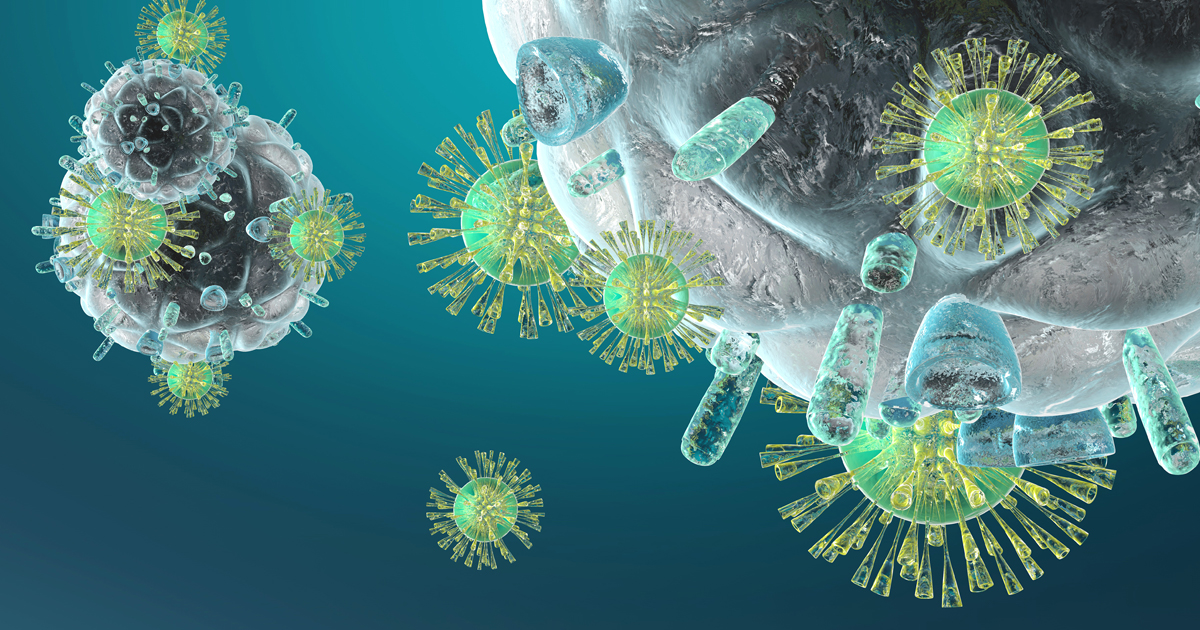Primary Biliary Cirrhosis: Symptoms, Causes, And Treatment
The bile ducts are located in the liver and are needed to produce bile, which is a liquid substance required to break down and metabolize food. Bile is also necessary for removing toxins, cholesterol, and blood cells from the body. Primary biliary cirrhosis, an autoimmune condition, occurs when the immune system mistakenly attacks the bile ducts and slowly destroys them, resulting in liver damage and eventually cirrhosis. This condition causes the bile ducts to become inflamed and eventually collapse.
Symptoms

There may be no symptoms at all for years during the early stages of primary biliary cirrhosis. As the disease progresses, patients may begin to experience symptoms such as itchy skin, dry eyes and mouth, fatigue, high cholesterol, greasy diarrhea, hypothyroidism, osteoporosis, ascites, swollen feet and ankles, as well as musculoskeletal pain or inflammation. They may also observe fatty deposits around the eyes, eyelids, knees, and in the creases of palms, hyperpigmentation not related to sun exposure, and pain in the upper right area of the abdomen where the liver is located.
Causes

As with most autoimmune diseases, the underlying cause of primary biliary cirrhosis is unknown. It develops when there is an accumulation of T lymphocytes or T cells in the liver, which is a part of the immune system response. In a normally functioning immune system, T lymphocytes recognize foreign invaders and help defend the body against harm, such as bacteria. In individuals affected by primary biliary cirrhosis, the T lymphocyte cells attack and invade the cells lining the bile ducts in the liver, which causes inflammation and destruction of the bile ducts.
